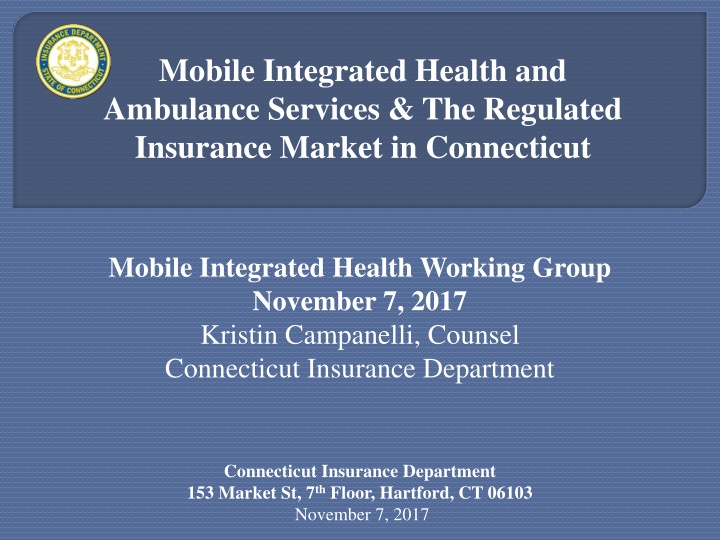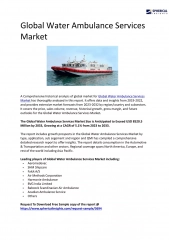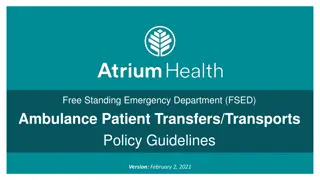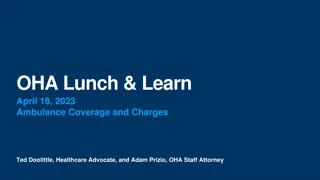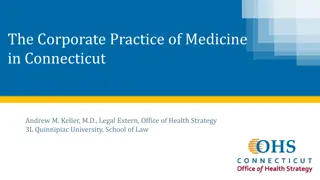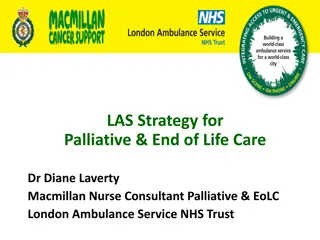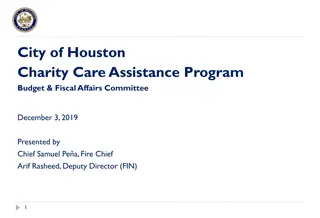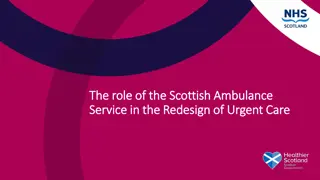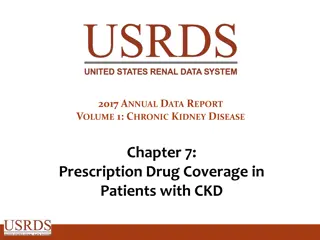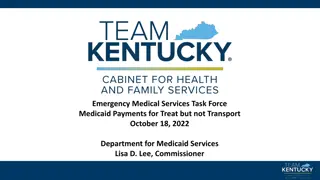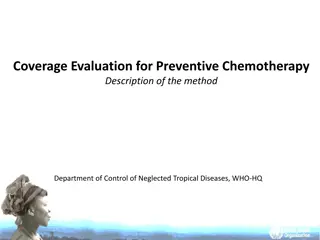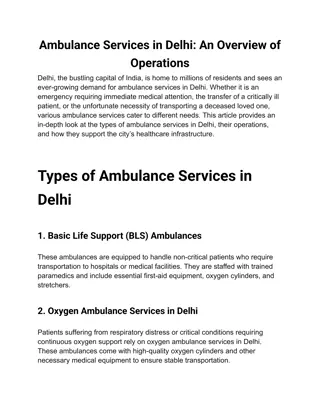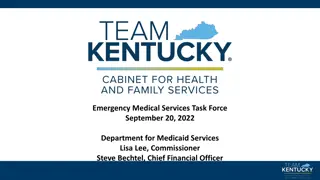Regulations on Ambulance Services Coverage in Connecticut
Provisions mandating insurance coverage for ambulance services in Connecticut, including conditions to be met for coverage, limitations, and the need for medical necessity. Current law focuses on transportation coverage but not treatment. Details on insurance mandates, costs, and regulatory oversight are discussed.
Download Presentation

Please find below an Image/Link to download the presentation.
The content on the website is provided AS IS for your information and personal use only. It may not be sold, licensed, or shared on other websites without obtaining consent from the author.If you encounter any issues during the download, it is possible that the publisher has removed the file from their server.
You are allowed to download the files provided on this website for personal or commercial use, subject to the condition that they are used lawfully. All files are the property of their respective owners.
The content on the website is provided AS IS for your information and personal use only. It may not be sold, licensed, or shared on other websites without obtaining consent from the author.
E N D
Presentation Transcript
Mobile Integrated Health and Ambulance Services & The Regulated Insurance Market in Connecticut Mobile Integrated Health Working Group November 7, 2017 Kristin Campanelli, Counsel Connecticut Insurance Department Connecticut Insurance Department 153 Market St, 7th Floor, Hartford, CT 06103 November 7, 2017
These provisions mandate some insurance coverage for ambulance services. Transportation by ambulance services is covered, but in order for that to happen some conditions must be met: 1. The person needing the ambulance ride must be covered by a health insurance policy of the type specified in subdivisions (1), (2), (4), (6), (10), (11) and (12) of CGS 38a-469 that are delivered, issued for delivery, renewed, amended or continued in Connecticut; 2. The transportation must be medically necessary; 3. The benefits may be subject to other policy provisions which apply to other services covered by such policies (including co-payments, deductibles, and co- insurance); 4. Insurers will not be required to cover more than the maximum allowable rate established by DPH for these services; 5. In order for an ambulance provider to be directly paid, they must stamp the following statement on the face of each bill: NOTICE: This bill subject to mandatory assignment pursuant to Connecticut general statutes unless the insurer has entered into a contract with the ambulance provider for direct payment.
Current law only requires insurance coverage of transportation, not treatment and non-transport. Treat and non-transport would be a new insurance mandate. The rate at which transportation by ambulance is covered depends on DPH and the underlying insurance policy. Transportation must be medically necessary to be covered. Co-pays, deductibles, and coinsurance may apply depending on the insurance policy.
Mandate: any benefit required to be provided by insurers specific to care, treatment and services Per section 1311(d)(3)(B) of the Affordable Care Act, states must defray cost of additional mandated benefits required after 12/31/2011 Cost is based on expected premium Premium cost of service = state s liability Premium cost of service = actual expected cost of service x how many times you expect to provide such services + administrative expense load, expressed in a PMPY or PMPM cost State owes PMPY cost x # of members in plans on the exchange and state employee health plan
The Departments Life and Health Division: Reviews and pre-approves all fully insured policy forms Reviews rates where we have authority (individual and small group, and large group HMOs). The Department s Consumer Affairs Division: Investigates and keeps track of all complaints on behalf of consumers and can open a complaint if the ambulance service believes that they are not being compensated appropriately Can refer complaints and complaint trends to the Department s Market Conduct division for further enforcement action.
The mission of the Connecticut Insurance Department is to protect consumers through regulation of the industry, outreach, education and advocacy. The Department recovers an average of more than $4 million yearly on behalf of consumers and regulates the industry by ensuring carriers adhere to state insurance laws and regulations and are financially solvent to pay claims. The Department s annual budget is funded through assessments from the insurance industry. For every dollar of direct expense, the Department brings in about $7.45 to the state in revenues. Each year, the Department returns more than $215 million in assessments, fees and penalties to the state s General Fund.
